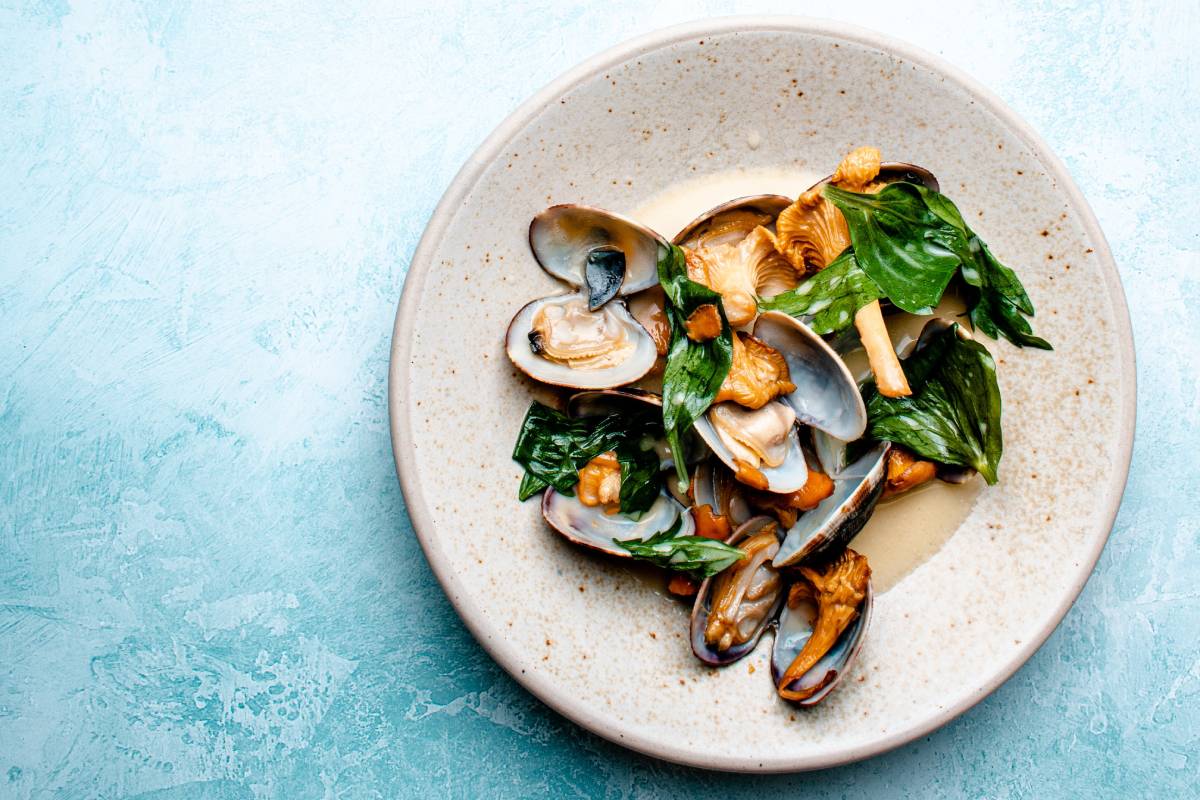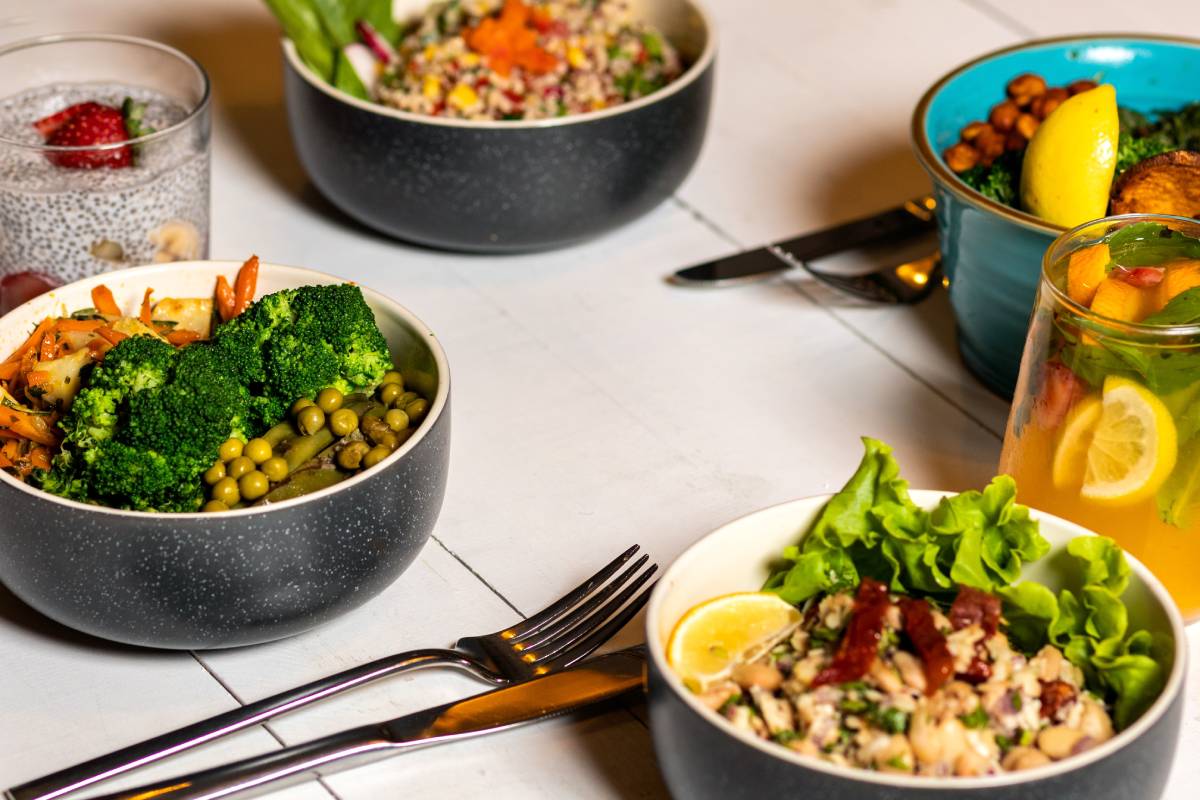What's a pescatarian diet and what are its benefits?


The pescatarian diet has become increasingly popular over the past few years and it's easy to understand why. This diet provides a healthy balance of seafood and plant-based foods while allowing for some animal-based foods as well.
As the name implies, pescatarian diets are largely based on seafood and plant-based foods, with some animal-based foods being allowed in moderation.
With an abundance of health benefits and an easily accessible approach to eating healthy, it's no surprise that the pescatarian diet has become so popular.
In this blog post, we'll discuss the definition of a pescatarian diet, the benefits of following the diet, and how you can start.
We'll also explain the differences between a pescatarian diet and a vegetarian diet, and provide some tips and resources to help you get started. With the right information, you too can enjoy!
The pescatarian diet is an eating plan that includes fish, seafood, and plant-based foods.
Unlike vegan and vegetarian diets, which exclude all animal-based products, pescatarians can include a variety of seafood in their diets.
This means that pescatarians can consume fish, shellfish, and other seafood, as well as plant-based foods such as fruits, vegetables, grains, legumes, nuts, and seeds.
Pescatarians typically exclude all other animal-based products such as red meat, poultry, eggs, and dairy.
It has been popularised in recent years due to its potential health benefits and its sustainability for the environment.

A pescatarian diet is associated with a variety of health benefits.
Studies have linked the pescatarian diet to a lower risk of heart disease, stroke, and a reduction in inflammation in the body.
The omega-3 fatty acids found in fish are known to reduce inflammation and protect the heart.
Additionally, the diet is rich in vitamins and minerals, including iron, zinc, potassium, and magnesium.
Eating fish is also a great source of lean protein.
Research has suggested that following the diet may help to increase your lifespan and reduce the risk of obesity, diabetes, and other chronic diseases.
When it comes to what foods to include in a pescatarian diet, the possibilities are vast.
Fish and seafood are the only sources of animal protein you should consume.
This includes fatty fish such as salmon, tuna, herring, sardines, and mackerel, as well as shellfish such as oysters, mussels, clams, crab, and shrimp.
To round out the diet, you should include mainly plant-based foods such as vegetables, fruits, nuts, seeds, and whole grains. Dairy, eggs, and poultry are not part of the pescatarian diet.

In a pescatarian diet, it is important to avoid foods that are not suitable for those on a plant-based diet.
These foods would include all types of meat, poultry, and dairy products.
It is also important to avoid processed foods and refined sugars, as they can negatively impact your health.
Also, foods high in saturated fats and trans fats should be avoided.
These include fried foods, processed meats, and full-fat dairy products. Eating a balanced diet of fresh fruits, vegetables, and seafood will help you to stay healthy and fit.
Adopting a pescatarian diet can be a beneficial lifestyle change that can help you achieve optimal health.
This type of diet is a plant-based diet, with the addition of various types of seafood and fish.
To successfully follow it, here are five tips to consider:

Starting this diet can be easy and enjoyable. To begin, it is important to understand what is included in a pescatarian diet.
The diet includes not only fish and seafood but also plant-based sources of protein like legumes and nuts, as well as a variety of fruits and vegetables.
It is important to note that the diet excludes all other sources of meat and poultry.
To start a pescatarian diet, begin by eating more fish, shellfish, and other seafood.
Incorporate fresh, frozen, and canned fish and seafood, such as salmon, shrimp, and tuna.
Additionally, focus on eating more legumes, nuts, seeds, and whole grains, as well as a variety of fruits and vegetables.
Make sure to balance your meals with a combination of protein, carbohydrates, and healthy fats. Finally, be mindful of your portion sizes and avoid overeating.
[[nid:610686]]
Starting a pescatarian diet can be a great choice for those looking to improve their health and increase their intake of nutrient-rich fish and seafood.
However, there are several challenges to consider before making the switch.
First, some people may find it difficult to adjust to a diet that does not include meat.
Secondly, it may be difficult to find pescatarian-friendly options in restaurants or other food spots.
Additionally, it can be difficult to get enough protein from a pescatarian diet and it can be challenging to identify seafood sources that are sustainably caught.
Lastly, the cost of purchasing fish and seafood can be high, so budgeting is important.
Understanding these challenges upfront can help make the transition to a pescatarian diet smoother.

For those looking to follow the diet, sample meal plans can be enormously helpful.
A healthy pescatarian meal plan should include a wide variety of foods, including fish and other seafood, fruits, vegetables, legumes, nuts and seeds, and healthy fats.
[[nid:562057]]
Pescatarians should also strive to limit their intake of refined grains and processed foods, as well as added sugars and unhealthy fats.
In conclusion, the pescatarian diet offers many health and environmental benefits.
It is low in saturated fat, high in essential vitamins and minerals, and can be a sustainable way to reduce your carbon footprint.
However, it is important to be mindful of how much seafood you are consuming, as some fish can be high in mercury.
If you are considering trying this diet, be sure to consult a medical professional to ensure it is right for you.
With the right balance of nutritious food and mindful consumption, the pescatarian diet can be a healthy and sustainable choice for many people.
ALSO READ: 12 gluten-free meal ideas you can try at home
This article was first published in theAsianparent.